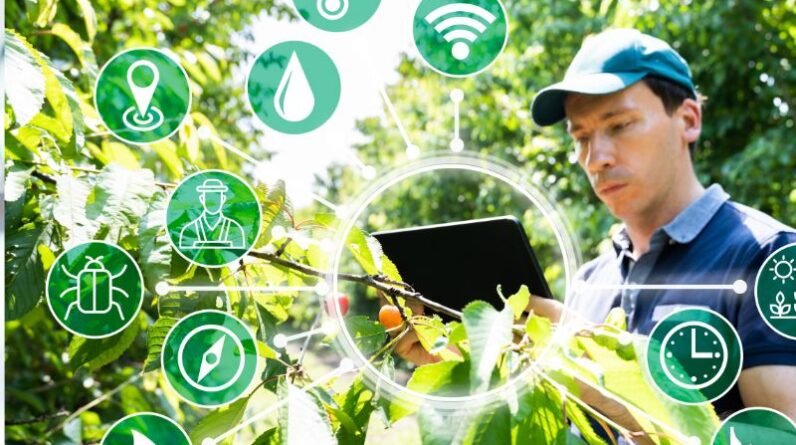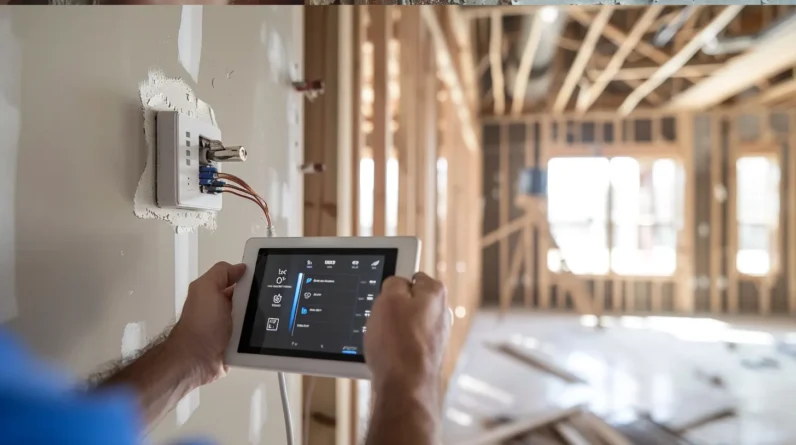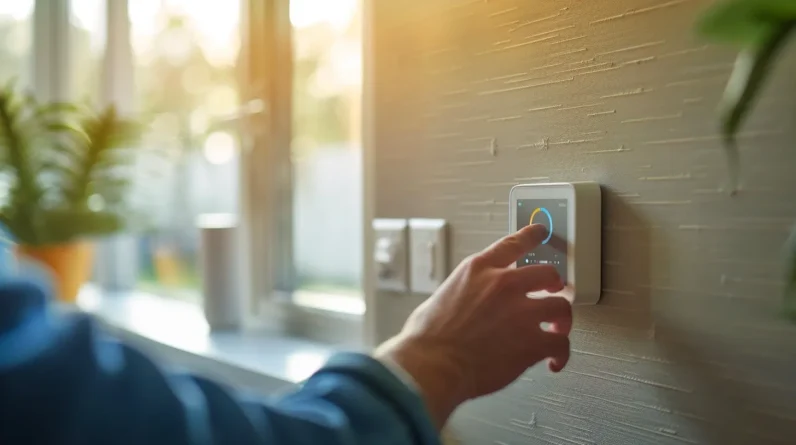
When considering the global population expected to reach 9.7 billion by 2050, the role of smart agriculture technologies becomes increasingly vital. From precision farming techniques to IoT sensors and the use of drones for crop monitoring, the possibilities seem endless. However, amidst the promise of sustainable solutions lies a web of challenges that must be navigated. As we explore the complexities of feeding the world sustainably, it becomes apparent that the future of agriculture hinges on our ability to address these obstacles with innovation and resilience.
Importance of Smart Agriculture Technologies
Smart agriculture technologies play a crucial role in revolutionizing farming practices and ensuring sustainable food production for a growing global population. By harnessing the power of data analytics, IoT sensors, and automation, farmers can make informed decisions, optimize resource management, and increase productivity. These technologies enable precision agriculture, where farmers can tailor their approach to each individual plant or animal, reducing waste and environmental impact.
Smart agriculture tools help monitor crop health, predict and prevent diseases, and manage water usage efficiently. With the world’s population on the rise and arable land decreasing, leveraging these technologies is essential for meeting food demands while safeguarding the environment for future generations.
Advantages of Precision Farming
Precision farming revolutionizes agricultural practices by leveraging advanced technologies to optimize resource utilization and increase productivity on a granular level. This approach offers several key advantages:
– Enhanced Efficiency: Precision farming enables farmers to precisely apply resources such as water, fertilizers, and pesticides, reducing waste and environmental impact.
– Improved Yield: By analyzing data from sensors and drones, farmers can make data-driven decisions to maximize crop yield and quality.
– Cost Reduction: Targeted application of resources based on real-time data leads to cost savings by minimizing inputs while maintaining or increasing output.
– Sustainability: Precision farming promotes sustainable practices by reducing chemical usage, conserving water, and preserving soil health for future generations.
These advantages highlight the transformative potential of precision farming in modern agriculture.
Challenges in IoT Sensor Integration
Navigating the landscape of IoT sensor integration poses significant challenges for modern agriculture, requiring strategic planning and innovative solutions to ensure seamless connectivity and data utilization. One of the primary challenges is the compatibility and standardization of IoT devices from different manufacturers, which can hinder efficient data collection and analysis. Additionally, the vast amounts of data generated by these sensors can overwhelm traditional data management systems, necessitating the implementation of robust data processing and storage solutions.
Ensuring the security and privacy of the data transmitted by IoT sensors is another crucial challenge that must be addressed to prevent unauthorized access and data breaches. Developing interoperable platforms and protocols can facilitate seamless integration of IoT sensors, enabling farmers to harness the full potential of smart agriculture technologies.
Enhancing Crop Monitoring With Drones
Addressing the challenges of IoT sensor integration in agriculture, one effective solution lies in enhancing crop monitoring through the strategic use of drones. Drones offer a bird’s eye view of fields, providing valuable data for precision agriculture. Here are some benefits of utilizing drones for crop monitoring:
– Efficiency: Drones can cover large areas quickly, saving time and labor costs.
– Precision: They can capture detailed images to identify crop health issues early on.
– Cost-effectiveness: Drones offer a cost-effective solution for continuous monitoring.
– Data accuracy: The data collected by drones can be analyzed to make informed decisions for crop management.
Sustainable Solutions for Agricultural Innovation
Exploring sustainable solutions for agricultural innovation involves implementing eco-friendly practices to enhance productivity and reduce environmental impact. Techniques like precision agriculture optimize inputs such as water and fertilizers, leading to higher yields while minimizing resource wastage. Promoting agroforestry systems that incorporate trees into farming landscapes boosts soil health and biodiversity and sequesters carbon to mitigate climate change.
Cover cropping and crop rotation methods help prevent soil erosion, improve soil fertility, and reduce the need for synthetic chemicals. Harnessing renewable energy sources and investing in efficient irrigation systems further advance sustainable agricultural practices that benefit both the planet and food production.
Conclusion
Smart agriculture technologies offer a promising solution to feeding the world sustainably. By utilizing precision farming, IoT sensors, and drones for crop monitoring, we can overcome challenges and innovate for a more sustainable future. Like a well-oiled machine, these technologies work together seamlessly to optimize agricultural processes and ensure food security for generations to come. Let’s embrace these advancements and pave the way for a more sustainable and efficient agriculture industry.







